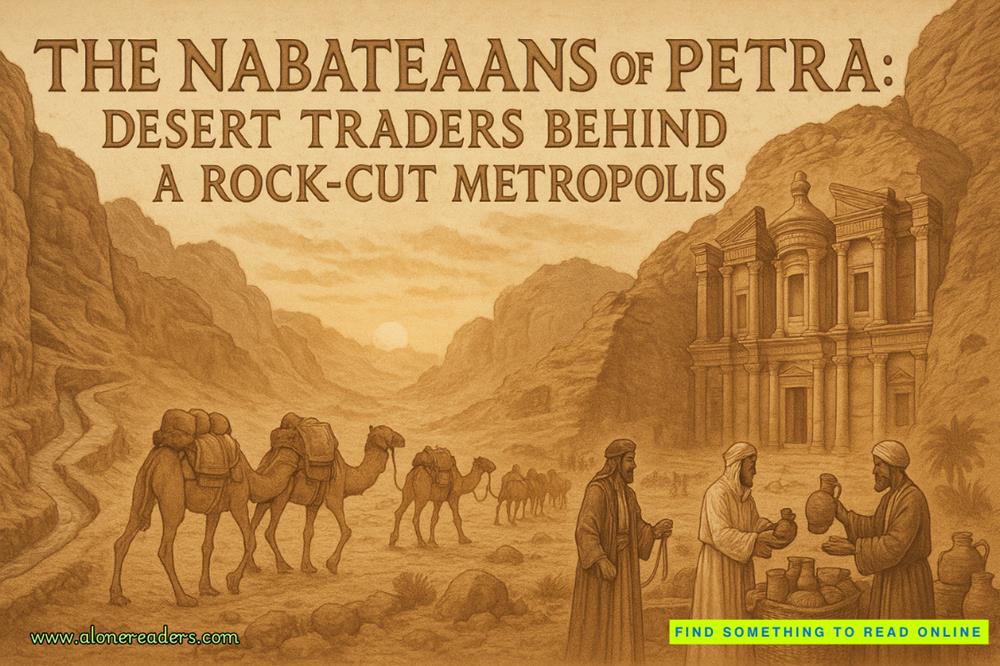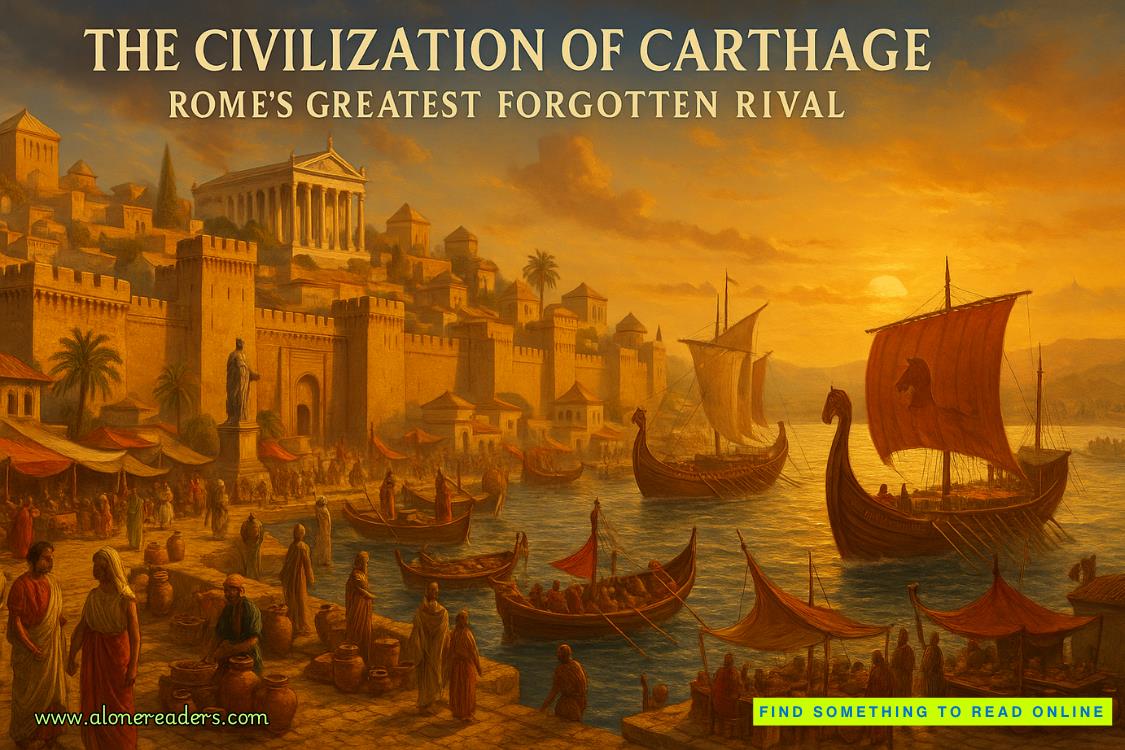Page 16 of Tiger Queen
He chopped up the meat and slid them across the table. I weighed them, then placed them in individual stainless steel bins. I loaded the bins up on a Kawasaki Mule that was parked outside, then did the same with tubs of vitamin A, vitamin E, and vitamin C. Other supplies were already in the Mule: towels, a feeding pole, and keys to the individual cages.
I consulted a map of the park that looked like it was from the gift shop, mentally noting where each of the big cats was. Big Caesar was first on the list.
“I’ll be back.”
I drove the Mule through the zoo. It was a cool May morning, and the wind felt good on my face. Yesterday I had been terrified of staying unemployed for an extended period of time. Today I was driving a Mule through a private zoo, preparing to feed the tigers.
It was crazy how things worked out sometimes.
Big Caesar ended up being the white Siberian I had met yesterday in the individual cage. He serenely watched me approach and park the Mule in front of his cage. As soon as he heard the metal bins of food clanking together he rose from his sphinx-like position and rested on his haunches like a dog waiting for a treat.
“You’re a good boy, aren’t you Caesar?” I asked. “Why do they have you in this small cage instead of a bigger enclosure?”
Caesar exhaled impatiently.
A tiger’s diet was entirely comprised of meat and fat, which meant they had extreme vitamin deficiencies. To fix this, I took Caesar’s tray of meat and added vitamin supplements to it. First was a packet of liquid vitamin E that looked like a ketchup packet from McDonald’s. I squirted that all over the meat and used my bare hands to spread it around the frozen piece of cow meat. Next came the tubs of vitamin A and vitamin C powder. I dumped a scoop of each into the tray and coated the meat with it like I was seasoning a steak. Over in his cage, Caesar licked his lips hungrily.
I wiped my hands on a towel and found the key to access his cage. Not the cage proper, but to get through the outer layer of chain-linked fence that kept visitors from sticking their hands within reach of the animal. Caesar sat and waited patiently. Most zoos had dedicated food distribution slots that rotated in and out. Stick the food in, close the latch, then rotate it around so that it faced the interior. Caesar’s cage had no such mechanism. Based on how the cage bars were stained and rusted in an area directly in front of Caesar’s waiting mouth, it appeared that they pushed the food through the bars.
I hesitated. There was a food stick on the Mule I could use to insert the food from a safe distance. But part of the reason I wanted to feed the animals was to see how aggressive they were. Most zoo animals were docile enough to not attack the humans who fed them, but in shady private zoos like this that wasn’t always the case.
Slowly, I approached the cage. Even though I had done this during my residency at Florida State, I couldn’t help but feel afraid. I was essentially alone here, the only person within a hundred miles who knew what they were doing. Tigers were beautiful animals, but they were also tremendously powerful. If I wasn’t careful and he pulled my arm through the bars… That would be a very bad day.
The frozen chunk of meat was numbing my fingertips. No point in delaying any further. I raised it to the level of Caesar’s mouth and pushed it between the bars. Slowly, he leaned forward and opened his mouth, revealing his long fang-like canines. He took the meat in his mouth with shocking gentleness, lowered it to the ground in front of him, and then stood up on his hind legs with his front paws through the bars of the cage.
Even though there was nothing aggressive about the gesture, I jumped back instinctively. His paws flexed toward me. He looked like a dog that wanted to be petted. I was tempted to reach out and rub his belly, to give it the physical touch that so many big cats craved. At my residency, the tigers were docile enough to cuddle and play and hug. My old instincts pushed me forward…
I stopped myself just short. It was too dangerous. Caesar seemed tame, but the bottom line was that I didn’t know.
I backed away, locked the outer fence, and returned to the Mule to examine him while he ate. He was a little chonky as my animal conservation professor used to say, with a thick layer of subcutaneous fat underneath his fur. Too heavy was better than too scrawny, but it meant he wasn’t getting enough exercise. His coat looked good, shiny and full. There was some dandruff around his collar, though. That was probably due to a lack of fat in his diet. I made a note to add chicken necks to his diet once a week.
“See you later, Caesar,” I said as I started up the Mule. “We’ll see if we can get you moved to a bigger enclosure.”
He watched my Mule drive away, and seemed sad to see me go.
8
Rachel
The tigers in the next enclosure weren’t as docile as Caesar. I didn’t know who was who, but I checked them off the list all the same: Bella, Chloe, Luna, Lucy, Lily, and Nala. Six females. They ran up to the fence and jumped up, snarling and snapping at each other while I prepared their meat trays. I wasn’t sure where they got fed. I had to walk the interior perimeter of the fence while they followed on the inside, loping along eagerly. Finally I found a section of the fence where the metal coating was worn off and rusted, just like the section on Caesar’s cage. I had to make three trips to bring all six trays of food up to the edge. By then the animals were very excited to get fed.
As soon as I pushed the first chunk of frozen meat and bone through, four tigers leaped up and snatched at it. I jumped back while they fought over the food, then hurriedly grabbed the next tray. I had to do it quickly to make sure all six tigers ate, otherwise the biggest and meanest one would get each piece. When I was done I backed away, my heart racing as much as it had when I leaped the fence to escape the zoo yesterday.
“Okay, noted,” I said. “I need to use the feeding stick for you girls.”
I spent ten minutes taking notes on each animal. Since I didn’t know which was which yet, I had to distinguish them by markings. One had a notch in her left ear. Another had a white-tipped tail whereas the other five were orange-tipped. Most of them looked healthy, although one had a thinner coat and was panting more than the rest.
When I got back, David had the next eight bins ready. He turned off the band saw when I entered. “I just remembered: you still need to sign the job paperwork.”
“We can fill out all of that when we’re done feeding the animals.”
He grimaced. “Well. I’m afraid that if something happens… We need you to officially be an employee. For insurance purposes.”
I picked up the next two trays of food. “If something happens to me, I give you permission to forge my signature afterwards. The animals come first.”
He shrugged and got back to work.
It took us three hours to feed the entire zoo. First the rest of the big cats, then the wolves, then birds, then the various other animals. I took lots of notes on each one. Every animal was vastly different in terms of temperament and health. The wolves had dull coats, indicating a vitamin deficiency of some kind. Nothing seemed wrong with the birds—which fared better in captivity than most animals—but the chimps had swollen eyes. That could have been caused by a lot of things. An irritant in the cage, local allergies, a mosquito-based virus, or too much grain in their diets. I would need to do some research.















